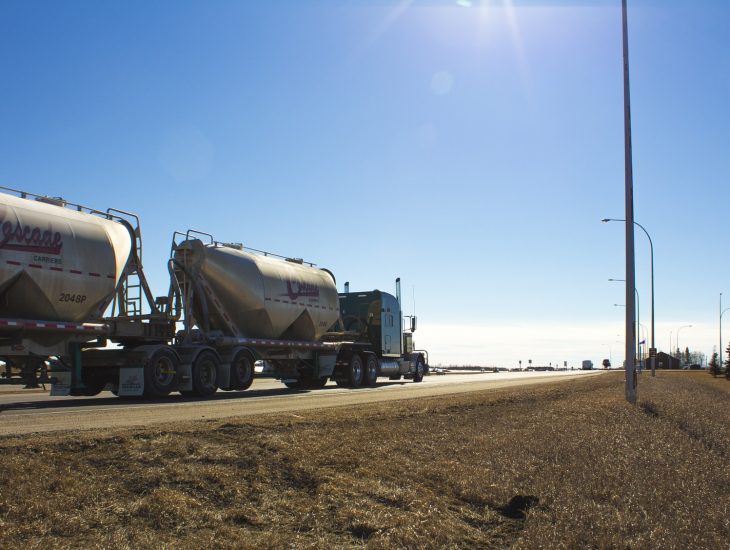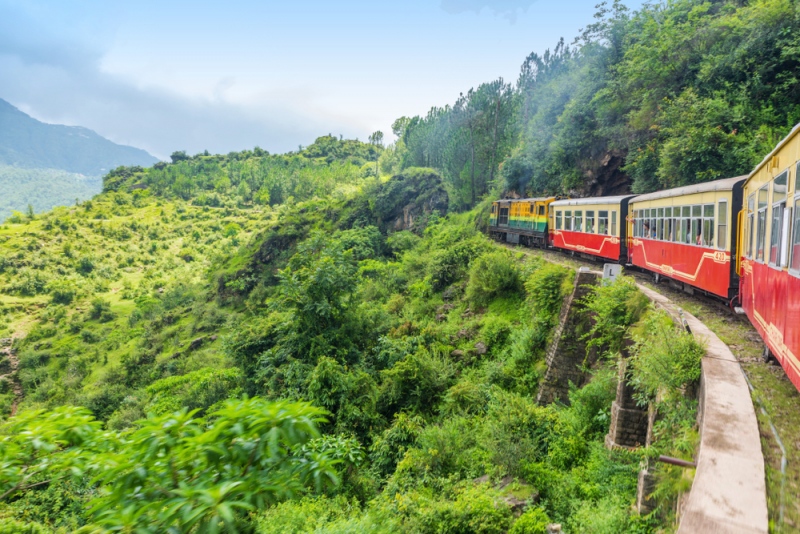Semis: Big Bullies On The Road (Or So You Think)
If you have a daily commute to work by car, you probably have some pretty scary stories about close encounters with tractor-trailer trucks. In fact, probably every driver on the road has at least one story about a close call with a semi trailer, or at least another vehicle. Perhaps encounters with big trucks stick in our minds more because they are the big dogs on the highways. But are they the big bullies some drivers think they are, or is someone else (*cough — ourselves — cough*) to blame?
Keep Mirrors in Sight
Because 18-wheelers are so huge, they have a lot of blind spots. If you cannot see the mirrors on the truck, the driver cannot see you. Different trucks have different mirror setups for drivers to compensate and facilitate fewer blind spots. However, the fact is that drivers of semis cannot see everything behind them, or even beside them. That moment you think that a driver is intentionally going into your path is likely a situation where the driver is not even aware of your presence. When you can see the driver’s reflection in a mirror is when the driver can see you. Avoid traveling in a lane next to a truck if possible.
Do Not Pass On the Right
The blind spots on the right side of a truck are more numerous than the ones on the driver’s side. You cannot tell how the driver has the mirror adjusted, so avoiding passing on the right should be your standard practice. Slow down and wait for the opportunity to pass on the left instead. If you pass on the right and the driver changes lanes, not seeing your vehicle, you have nowhere to go. This is an extremely common (yet easily preventable) cause of accidents with trucks.
Slippery Weather and Big Trucks
The trailers on the big rigs are on a pivot right behind the truck. In slippery weather, there are ten wheels on the truck and eight on the trailer of an 18-wheeler. The trailer wheels do not provide any power, but they do have brakes. When a big truck brakes on a slippery road, the trailer may begin to slide sideways while the truck continues on a straight path. This can easily happen when going down hills or on uneven roads. If it is icy or snowy out, stay behind or in front of the big trucks rather than beside them on the roads.
No Quick Stops
A freight train typically has over 100 rail cars with each one weighing a quarter-million pounds. It takes about a mile for a train to come to a stop. Big trucks on the road typically top out at 80,000 pounds. Some loads are even permitted to be heavier. That is 40 tons traveling down the highway at the same speed that your much lighter vehicle is traveling. It takes a tractor-trailer almost two football fields’ distance to come to a complete stop when traveling at 65 mph. Sudden stops can cause serious, even fatal, rear-end collisions from a tractor-trailer. When you have to slow down on the highway or make an emergency stop, train yourself to check your mirrors for vehicles behind you to be prepared to make an evasive maneuver to prevent a rear-end collision.
Big truck accidents happen, and sometimes the truck driver or the truck equipment is at fault. Fortunately there are DOT compliance services that help truckers and companies make sure their rigs are safe to drive. However, many truck accidents are caused by drivers of smaller vehicles who ignore the rules of sharing the road. Trucks or drivers cannot alter the laws of physics that dictate how fast the big rigs can be maneuvered or stopped. However, other motorists can be respectful when sharing the road and give them the leeway they need to travel safely.




















Leaver your comment